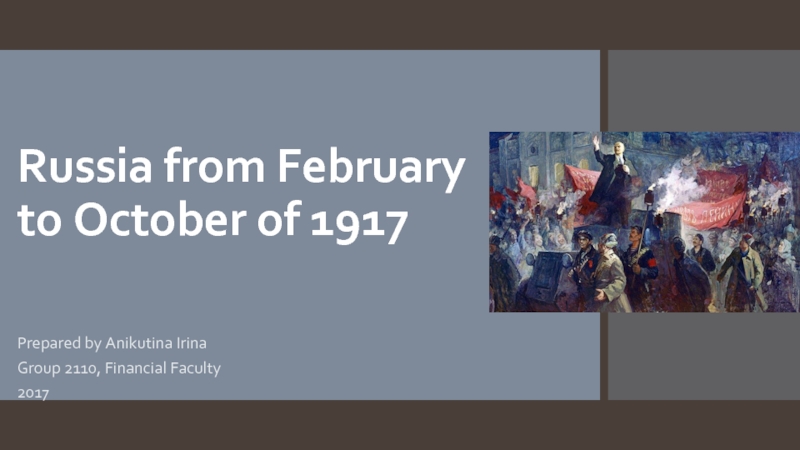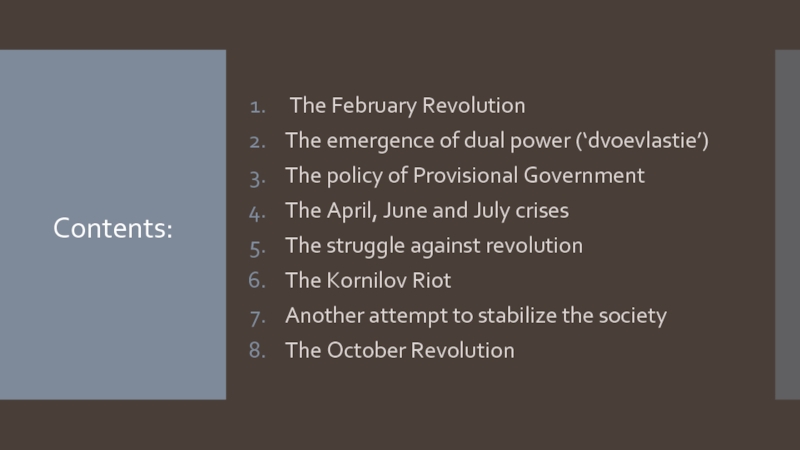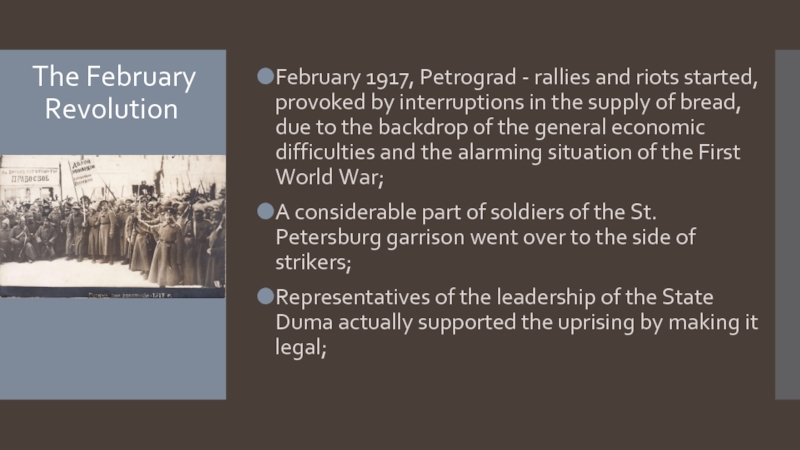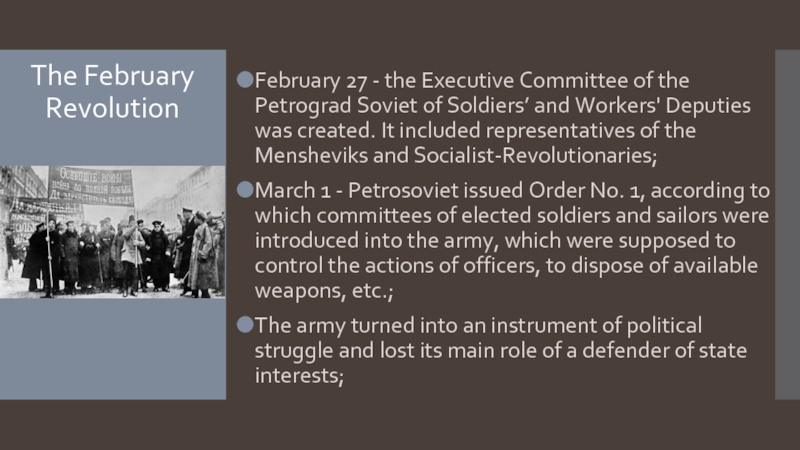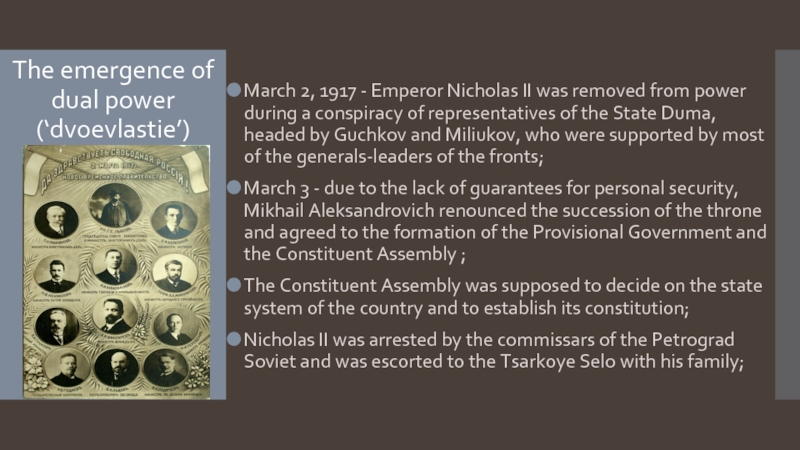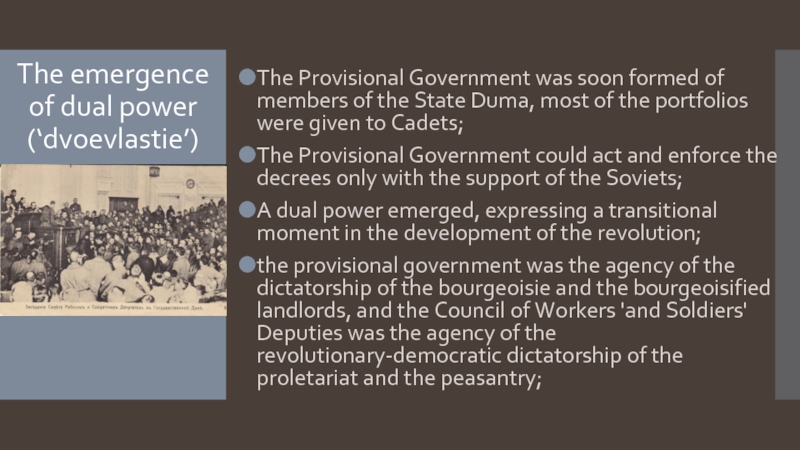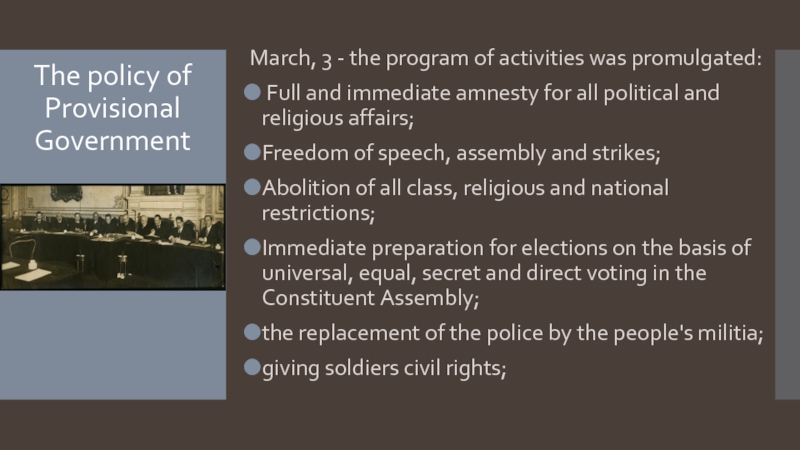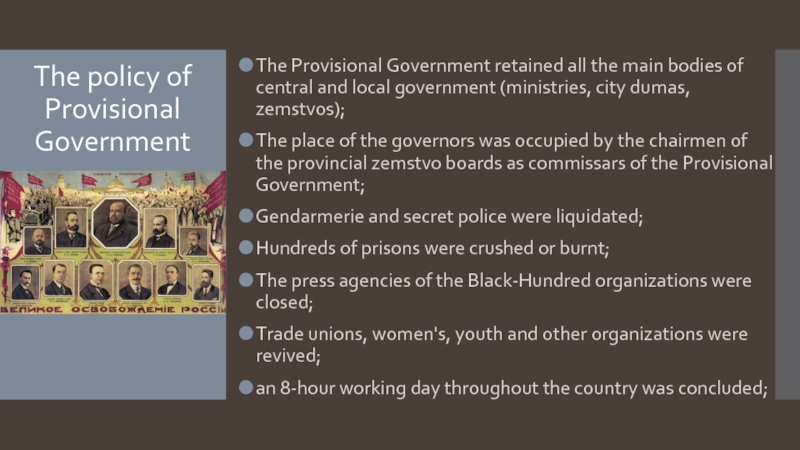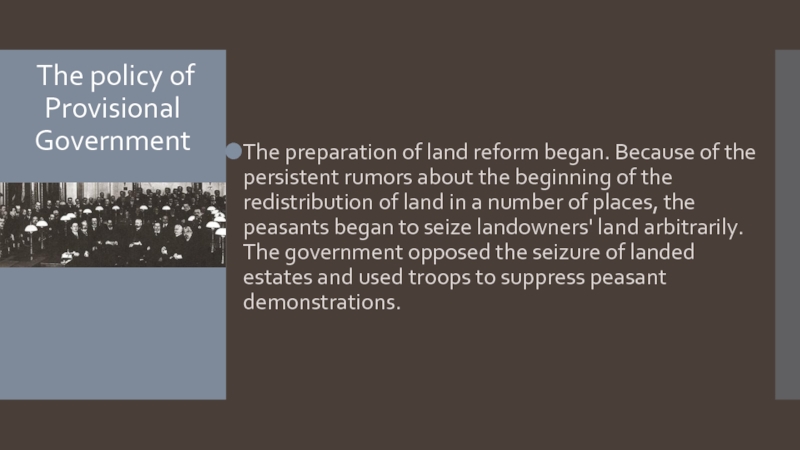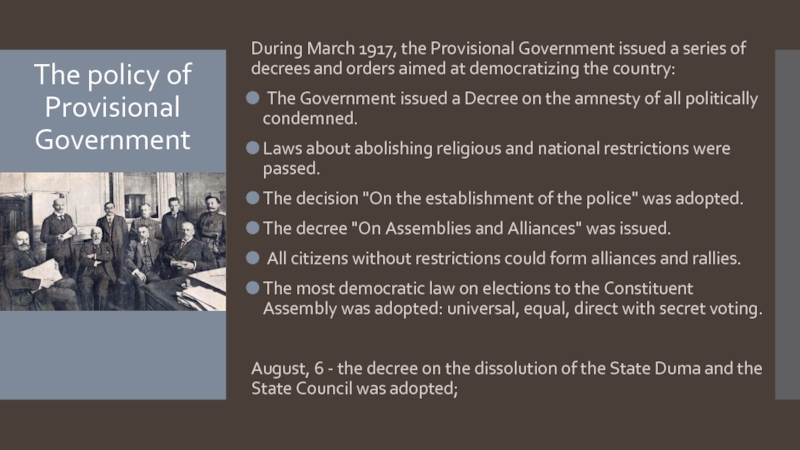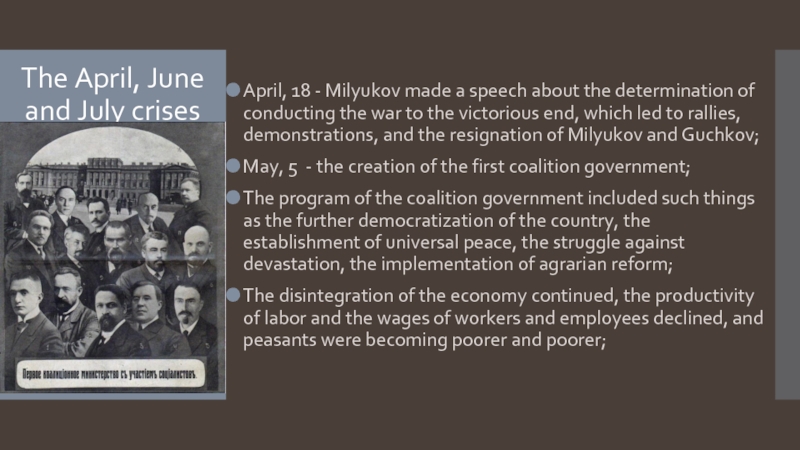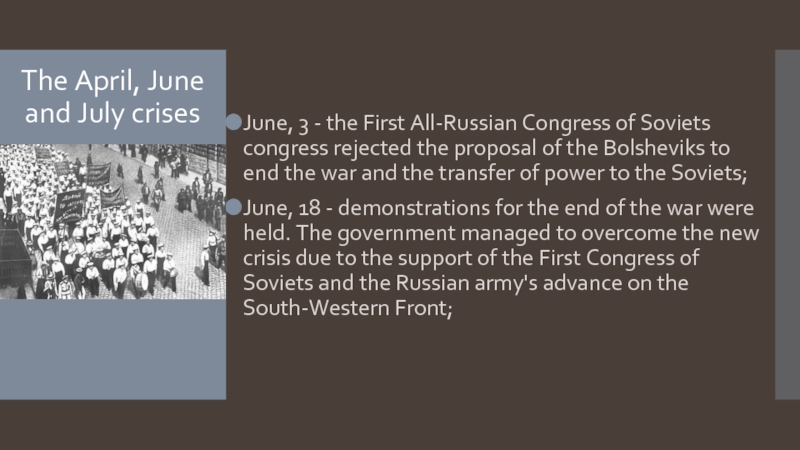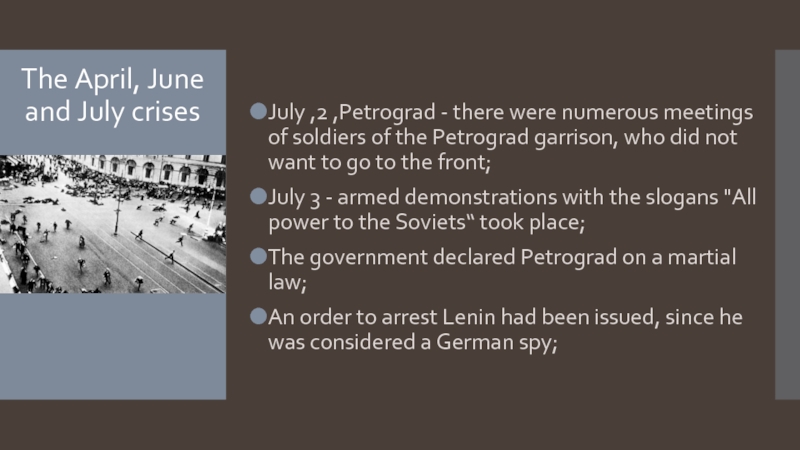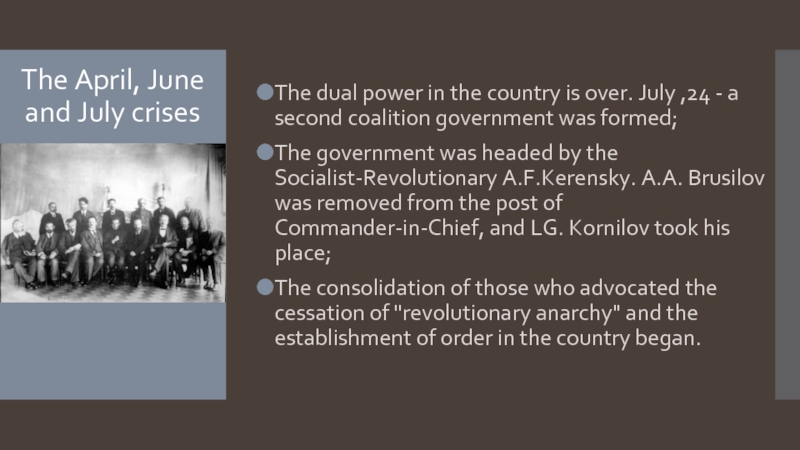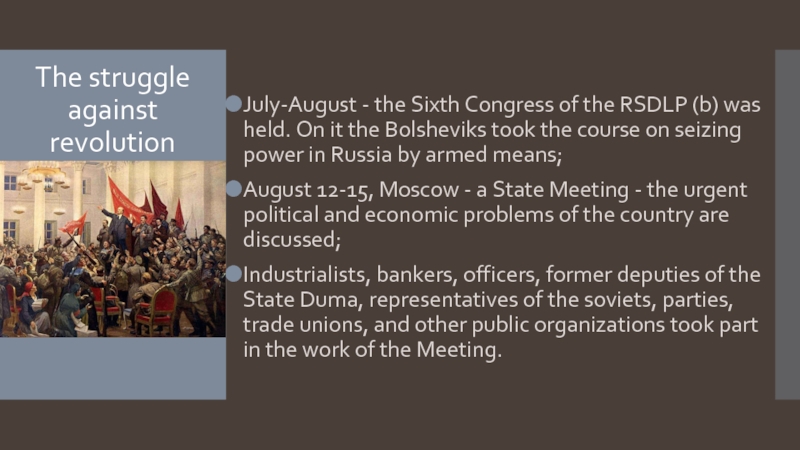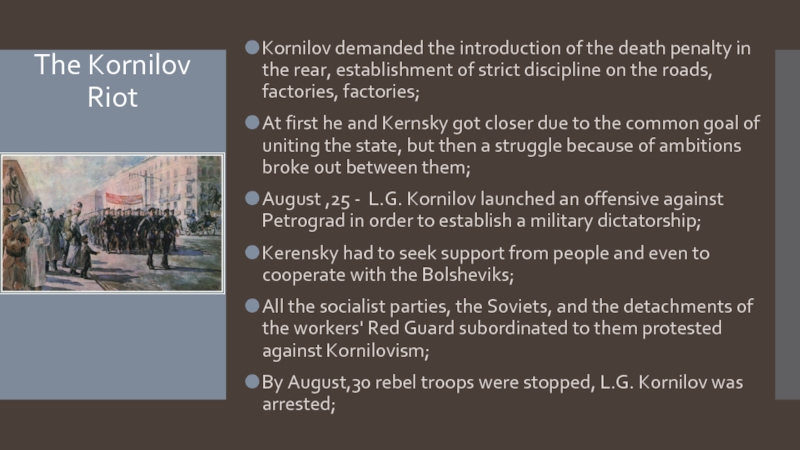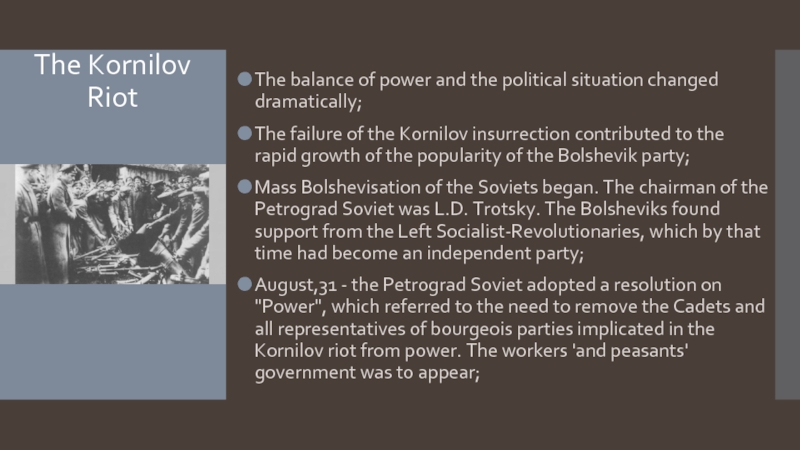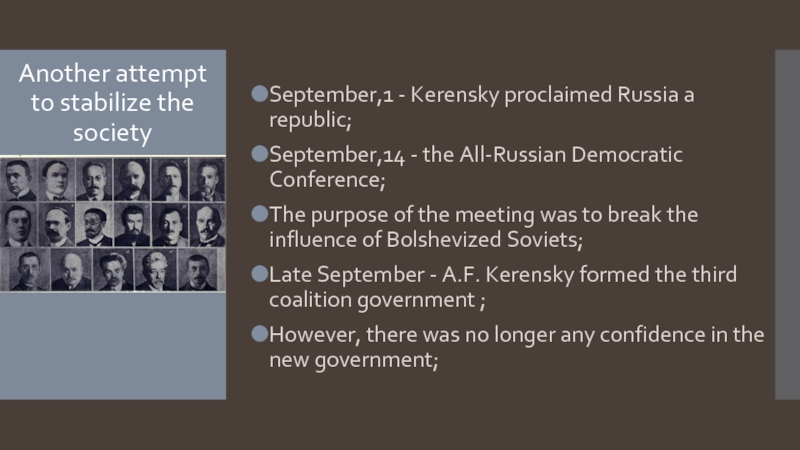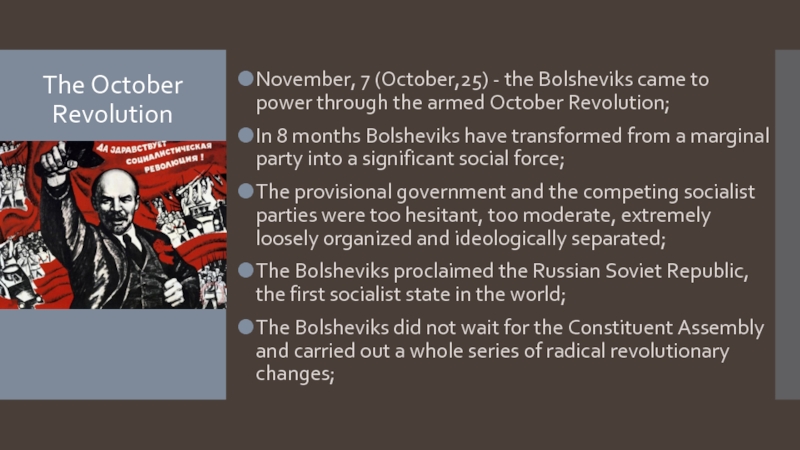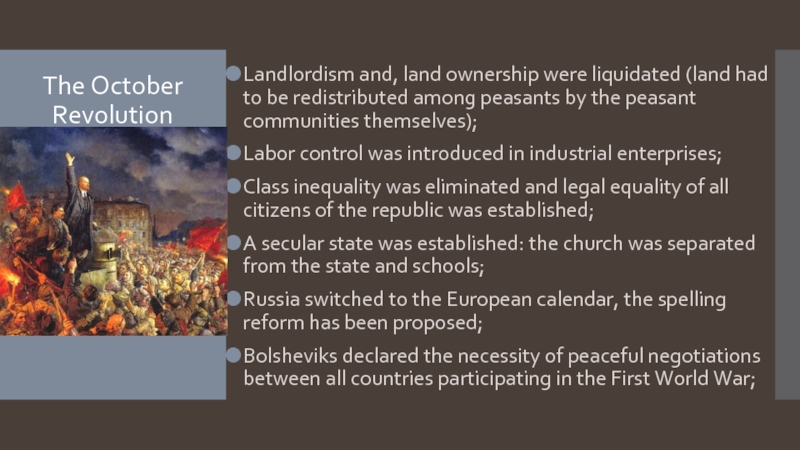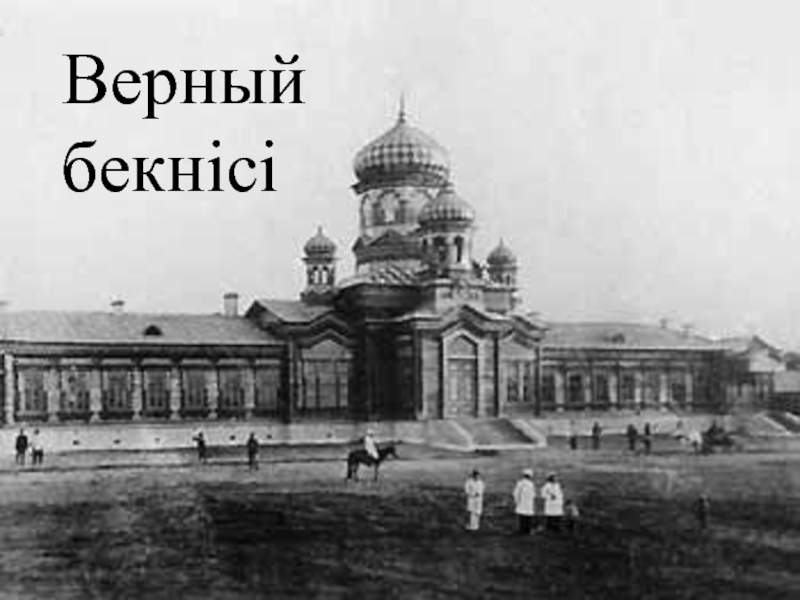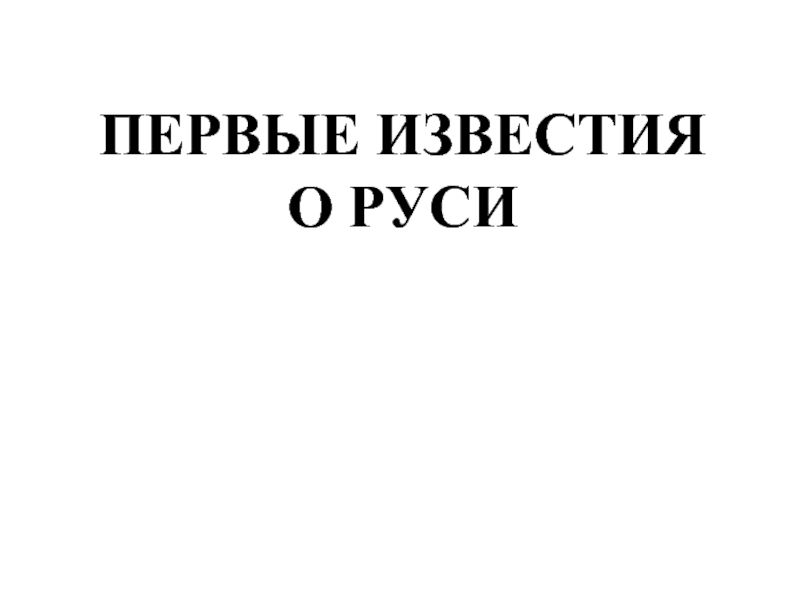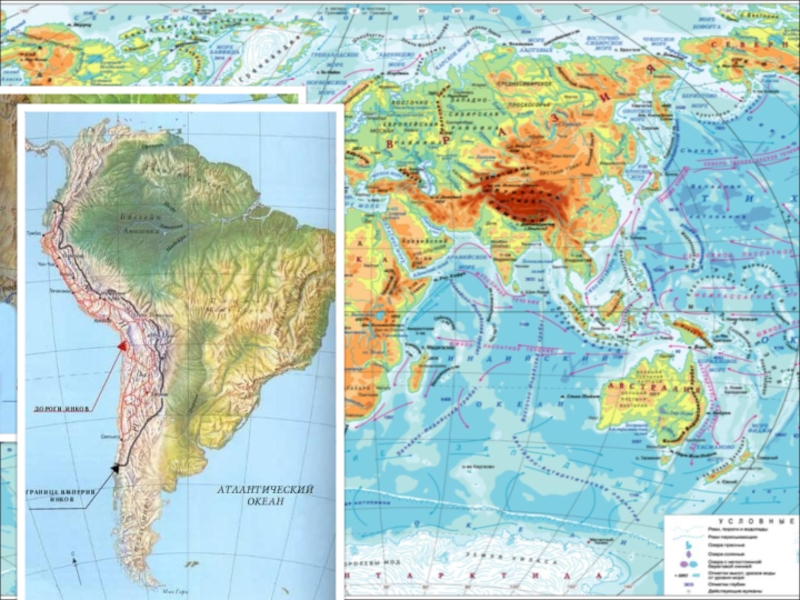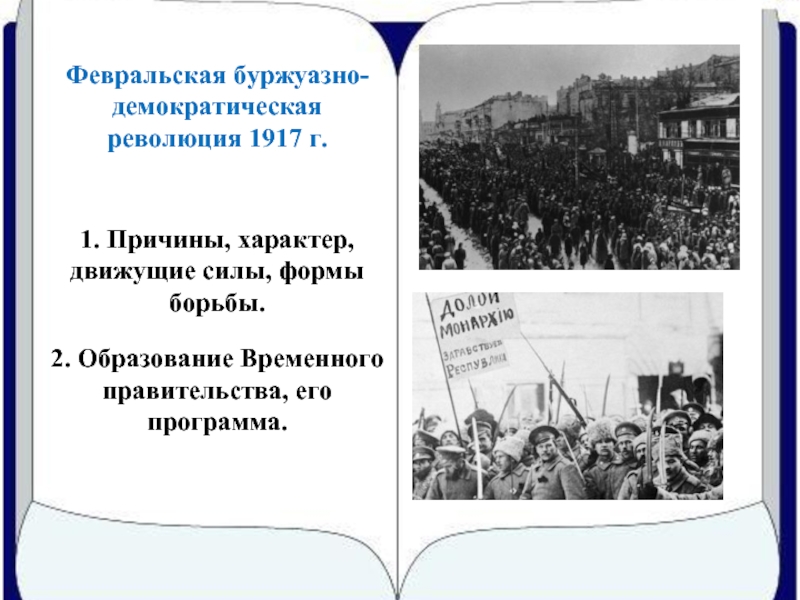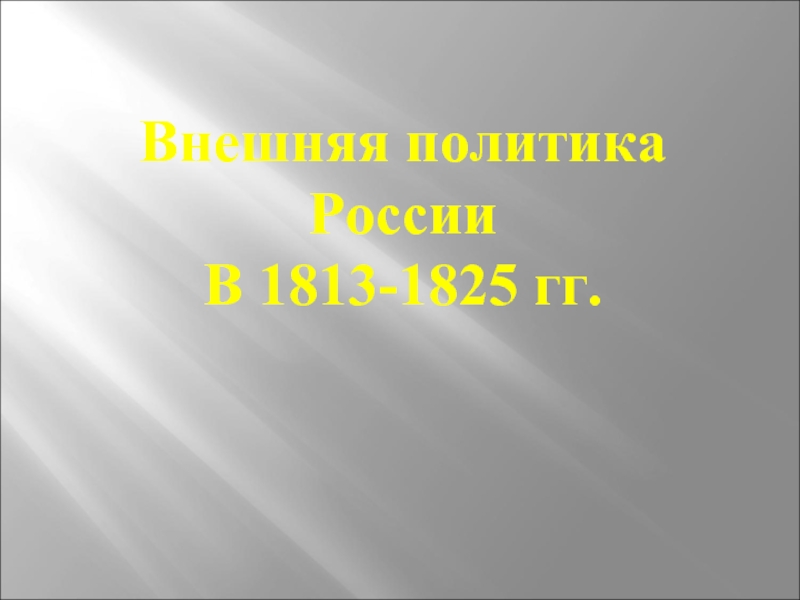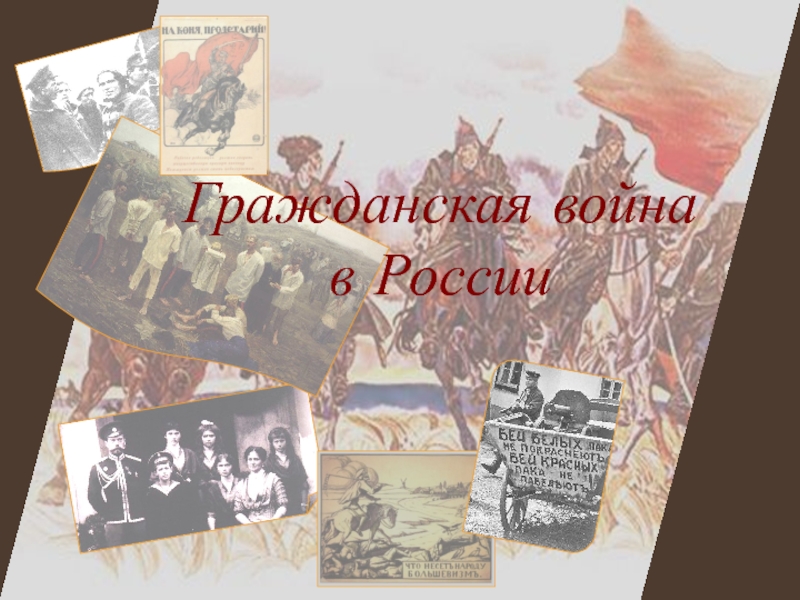Financial Faculty
2017
- Главная
- Разное
- Дизайн
- Бизнес и предпринимательство
- Аналитика
- Образование
- Развлечения
- Красота и здоровье
- Финансы
- Государство
- Путешествия
- Спорт
- Недвижимость
- Армия
- Графика
- Культурология
- Еда и кулинария
- Лингвистика
- Английский язык
- Астрономия
- Алгебра
- Биология
- География
- Детские презентации
- Информатика
- История
- Литература
- Маркетинг
- Математика
- Медицина
- Менеджмент
- Музыка
- МХК
- Немецкий язык
- ОБЖ
- Обществознание
- Окружающий мир
- Педагогика
- Русский язык
- Технология
- Физика
- Философия
- Химия
- Шаблоны, картинки для презентаций
- Экология
- Экономика
- Юриспруденция
Russia from February to October of 1917 презентация
Содержание
- 1. Russia from February to October of 1917
- 2. Contents: The February Revolution The emergence
- 3. The February Revolution February
- 4. The February Revolution February 27 - the
- 5. The emergence of dual power (‘dvoevlastie’)
- 6. The emergence of dual power (‘dvoevlastie’)
- 7. The policy of Provisional Government March,
- 8. The policy of Provisional Government The
- 9. The policy of Provisional Government
- 10. The policy of Provisional Government During March
- 11. The April, June and July crises April,
- 12. The April, June and July crises June,
- 13. The April, June and July crises July
- 14. The April, June and July crises The
- 15. The struggle against revolution July-August -
- 16. The Kornilov Riot Kornilov demanded
- 17. The Kornilov Riot The balance
- 18. Another attempt to stabilize the society
- 19. The October Revolution November,
- 20. The October Revolution Landlordism and,
- 21. Links: https://ruxpert.ru/Революция_1917_года_в_России http://webhistoryrussia.ru/istoriya-rossii/17-poslednie-gody-rossijskoj-monarkhii/74-rossiya-v-fevrale-oktyabre-1917g http://www.bibliotekar.ru/istoriya-gosudarstva-i-prava/34.htm https://interneturok.ru/istoriya-rossii/11-klass/spetskurs-v-zh-tsvetkova/rossiya-ot-fevralya-k-oktyabryu-1917-go
Слайд 2Contents:
The February Revolution
The emergence of dual power (‘dvoevlastie’)
The policy of
Provisional Government
The April, June and July crises
The struggle against revolution
The Kornilov Riot
Another attempt to stabilize the society
The October Revolution
The April, June and July crises
The struggle against revolution
The Kornilov Riot
Another attempt to stabilize the society
The October Revolution
Слайд 3
The February Revolution
February 1917, Petrograd - rallies and riots started,
provoked by interruptions in the supply of bread, due to the backdrop of the general economic difficulties and the alarming situation of the First World War;
A considerable part of soldiers of the St. Petersburg garrison went over to the side of strikers;
Representatives of the leadership of the State Duma actually supported the uprising by making it legal;
A considerable part of soldiers of the St. Petersburg garrison went over to the side of strikers;
Representatives of the leadership of the State Duma actually supported the uprising by making it legal;
Слайд 4The February Revolution
February 27 - the Executive Committee of the Petrograd
Soviet of Soldiers’ and Workers' Deputies was created. It included representatives of the Mensheviks and Socialist-Revolutionaries;
March 1 - Petrosoviet issued Order No. 1, according to which committees of elected soldiers and sailors were introduced into the army, which were supposed to control the actions of officers, to dispose of available weapons, etc.;
The army turned into an instrument of political struggle and lost its main role of a defender of state interests;
March 1 - Petrosoviet issued Order No. 1, according to which committees of elected soldiers and sailors were introduced into the army, which were supposed to control the actions of officers, to dispose of available weapons, etc.;
The army turned into an instrument of political struggle and lost its main role of a defender of state interests;
Слайд 5The emergence of dual power (‘dvoevlastie’)
March 2, 1917 - Emperor Nicholas
II was removed from power during a conspiracy of representatives of the State Duma, headed by Guchkov and Miliukov, who were supported by most of the generals-leaders of the fronts;
March 3 - due to the lack of guarantees for personal security, Mikhail Aleksandrovich renounced the succession of the throne and agreed to the formation of the Provisional Government and the Constituent Assembly ;
The Constituent Assembly was supposed to decide on the state system of the country and to establish its constitution;
Nicholas II was arrested by the commissars of the Petrograd Soviet and was escorted to the Tsarkoye Selo with his family;
March 3 - due to the lack of guarantees for personal security, Mikhail Aleksandrovich renounced the succession of the throne and agreed to the formation of the Provisional Government and the Constituent Assembly ;
The Constituent Assembly was supposed to decide on the state system of the country and to establish its constitution;
Nicholas II was arrested by the commissars of the Petrograd Soviet and was escorted to the Tsarkoye Selo with his family;
Слайд 6The emergence of dual power (‘dvoevlastie’)
The Provisional Government was soon formed
of members of the State Duma, most of the portfolios were given to Cadets;
The Provisional Government could act and enforce the decrees only with the support of the Soviets;
A dual power emerged, expressing a transitional moment in the development of the revolution;
the provisional government was the agency of the dictatorship of the bourgeoisie and the bourgeoisified landlords, and the Council of Workers 'and Soldiers' Deputies was the agency of the revolutionary-democratic dictatorship of the proletariat and the peasantry;
The Provisional Government could act and enforce the decrees only with the support of the Soviets;
A dual power emerged, expressing a transitional moment in the development of the revolution;
the provisional government was the agency of the dictatorship of the bourgeoisie and the bourgeoisified landlords, and the Council of Workers 'and Soldiers' Deputies was the agency of the revolutionary-democratic dictatorship of the proletariat and the peasantry;
Слайд 7The policy of Provisional Government
March, 3 - the program of activities
was promulgated:
Full and immediate amnesty for all political and religious affairs;
Freedom of speech, assembly and strikes;
Abolition of all class, religious and national restrictions;
Immediate preparation for elections on the basis of universal, equal, secret and direct voting in the Constituent Assembly;
the replacement of the police by the people's militia;
giving soldiers civil rights;
Full and immediate amnesty for all political and religious affairs;
Freedom of speech, assembly and strikes;
Abolition of all class, religious and national restrictions;
Immediate preparation for elections on the basis of universal, equal, secret and direct voting in the Constituent Assembly;
the replacement of the police by the people's militia;
giving soldiers civil rights;
Слайд 8The policy of Provisional Government
The Provisional Government retained all the main
bodies of central and local government (ministries, city dumas, zemstvos);
The place of the governors was occupied by the chairmen of the provincial zemstvo boards as commissars of the Provisional Government;
Gendarmerie and secret police were liquidated;
Hundreds of prisons were crushed or burnt;
The press agencies of the Black-Hundred organizations were closed;
Trade unions, women's, youth and other organizations were revived;
an 8-hour working day throughout the country was concluded;
The place of the governors was occupied by the chairmen of the provincial zemstvo boards as commissars of the Provisional Government;
Gendarmerie and secret police were liquidated;
Hundreds of prisons were crushed or burnt;
The press agencies of the Black-Hundred organizations were closed;
Trade unions, women's, youth and other organizations were revived;
an 8-hour working day throughout the country was concluded;
Слайд 9 The policy of Provisional Government
The preparation of land reform began.
Because of the persistent rumors about the beginning of the redistribution of land in a number of places, the peasants began to seize landowners' land arbitrarily. The government opposed the seizure of landed estates and used troops to suppress peasant demonstrations.
Слайд 10The policy of Provisional Government
During March 1917, the Provisional Government issued
a series of decrees and orders aimed at democratizing the country:
The Government issued a Decree on the amnesty of all politically condemned.
Laws about abolishing religious and national restrictions were passed.
The decision "On the establishment of the police" was adopted.
The decree "On Assemblies and Alliances" was issued.
All citizens without restrictions could form alliances and rallies.
The most democratic law on elections to the Constituent Assembly was adopted: universal, equal, direct with secret voting.
August, 6 - the decree on the dissolution of the State Duma and the State Council was adopted;
The Government issued a Decree on the amnesty of all politically condemned.
Laws about abolishing religious and national restrictions were passed.
The decision "On the establishment of the police" was adopted.
The decree "On Assemblies and Alliances" was issued.
All citizens without restrictions could form alliances and rallies.
The most democratic law on elections to the Constituent Assembly was adopted: universal, equal, direct with secret voting.
August, 6 - the decree on the dissolution of the State Duma and the State Council was adopted;
Слайд 11The April, June and July crises
April, 18 - Milyukov made a
speech about the determination of conducting the war to the victorious end, which led to rallies, demonstrations, and the resignation of Milyukov and Guchkov;
May, 5 - the creation of the first coalition government;
The program of the coalition government included such things as the further democratization of the country, the establishment of universal peace, the struggle against devastation, the implementation of agrarian reform;
The disintegration of the economy continued, the productivity of labor and the wages of workers and employees declined, and peasants were becoming poorer and poorer;
May, 5 - the creation of the first coalition government;
The program of the coalition government included such things as the further democratization of the country, the establishment of universal peace, the struggle against devastation, the implementation of agrarian reform;
The disintegration of the economy continued, the productivity of labor and the wages of workers and employees declined, and peasants were becoming poorer and poorer;
Слайд 12The April, June and July crises
June, 3 - the First All-Russian
Congress of Soviets congress rejected the proposal of the Bolsheviks to end the war and the transfer of power to the Soviets;
June, 18 - demonstrations for the end of the war were held. The government managed to overcome the new crisis due to the support of the First Congress of Soviets and the Russian army's advance on the South-Western Front;
June, 18 - demonstrations for the end of the war were held. The government managed to overcome the new crisis due to the support of the First Congress of Soviets and the Russian army's advance on the South-Western Front;
Слайд 13The April, June and July crises
July ,2 ,Petrograd - there were
numerous meetings of soldiers of the Petrograd garrison, who did not want to go to the front;
July 3 - armed demonstrations with the slogans "All power to the Soviets“ took place;
The government declared Petrograd on a martial law;
An order to arrest Lenin had been issued, since he was considered a German spy;
July 3 - armed demonstrations with the slogans "All power to the Soviets“ took place;
The government declared Petrograd on a martial law;
An order to arrest Lenin had been issued, since he was considered a German spy;
Слайд 14The April, June and July crises
The dual power in the country
is over. July ,24 - a second coalition government was formed;
The government was headed by the Socialist-Revolutionary A.F.Kerensky. A.A. Brusilov was removed from the post of Commander-in-Chief, and LG. Kornilov took his place;
The consolidation of those who advocated the cessation of "revolutionary anarchy" and the establishment of order in the country began.
The government was headed by the Socialist-Revolutionary A.F.Kerensky. A.A. Brusilov was removed from the post of Commander-in-Chief, and LG. Kornilov took his place;
The consolidation of those who advocated the cessation of "revolutionary anarchy" and the establishment of order in the country began.
Слайд 15The struggle against revolution
July-August - the Sixth Congress of the RSDLP
(b) was held. On it the Bolsheviks took the course on seizing power in Russia by armed means;
August 12-15, Moscow - a State Meeting - the urgent political and economic problems of the country are discussed;
Industrialists, bankers, officers, former deputies of the State Duma, representatives of the soviets, parties, trade unions, and other public organizations took part in the work of the Meeting.
August 12-15, Moscow - a State Meeting - the urgent political and economic problems of the country are discussed;
Industrialists, bankers, officers, former deputies of the State Duma, representatives of the soviets, parties, trade unions, and other public organizations took part in the work of the Meeting.
Слайд 16The Kornilov Riot
Kornilov demanded the introduction of the death penalty in
the rear, establishment of strict discipline on the roads, factories, factories;
At first he and Kernsky got closer due to the common goal of uniting the state, but then a struggle because of ambitions broke out between them;
August ,25 - L.G. Kornilov launched an offensive against Petrograd in order to establish a military dictatorship;
Kerensky had to seek support from people and even to cooperate with the Bolsheviks;
All the socialist parties, the Soviets, and the detachments of the workers' Red Guard subordinated to them protested against Kornilovism;
By August,30 rebel troops were stopped, L.G. Kornilov was arrested;
At first he and Kernsky got closer due to the common goal of uniting the state, but then a struggle because of ambitions broke out between them;
August ,25 - L.G. Kornilov launched an offensive against Petrograd in order to establish a military dictatorship;
Kerensky had to seek support from people and even to cooperate with the Bolsheviks;
All the socialist parties, the Soviets, and the detachments of the workers' Red Guard subordinated to them protested against Kornilovism;
By August,30 rebel troops were stopped, L.G. Kornilov was arrested;
Слайд 17The Kornilov Riot
The balance of power and the political situation changed
dramatically;
The failure of the Kornilov insurrection contributed to the rapid growth of the popularity of the Bolshevik party;
Mass Bolshevisation of the Soviets began. The chairman of the Petrograd Soviet was L.D. Trotsky. The Bolsheviks found support from the Left Socialist-Revolutionaries, which by that time had become an independent party;
August,31 - the Petrograd Soviet adopted a resolution on "Power", which referred to the need to remove the Cadets and all representatives of bourgeois parties implicated in the Kornilov riot from power. The workers 'and peasants' government was to appear;
The failure of the Kornilov insurrection contributed to the rapid growth of the popularity of the Bolshevik party;
Mass Bolshevisation of the Soviets began. The chairman of the Petrograd Soviet was L.D. Trotsky. The Bolsheviks found support from the Left Socialist-Revolutionaries, which by that time had become an independent party;
August,31 - the Petrograd Soviet adopted a resolution on "Power", which referred to the need to remove the Cadets and all representatives of bourgeois parties implicated in the Kornilov riot from power. The workers 'and peasants' government was to appear;
Слайд 18Another attempt to stabilize the society
September,1 - Kerensky proclaimed Russia a
republic;
September,14 - the All-Russian Democratic Conference;
The purpose of the meeting was to break the influence of Bolshevized Soviets;
Late September - A.F. Kerensky formed the third coalition government ;
However, there was no longer any confidence in the new government;
September,14 - the All-Russian Democratic Conference;
The purpose of the meeting was to break the influence of Bolshevized Soviets;
Late September - A.F. Kerensky formed the third coalition government ;
However, there was no longer any confidence in the new government;
Слайд 19The October Revolution
November, 7 (October,25) - the Bolsheviks came to power
through the armed October Revolution;
In 8 months Bolsheviks have transformed from a marginal party into a significant social force;
The provisional government and the competing socialist parties were too hesitant, too moderate, extremely loosely organized and ideologically separated;
The Bolsheviks proclaimed the Russian Soviet Republic, the first socialist state in the world;
The Bolsheviks did not wait for the Constituent Assembly and carried out a whole series of radical revolutionary changes;
In 8 months Bolsheviks have transformed from a marginal party into a significant social force;
The provisional government and the competing socialist parties were too hesitant, too moderate, extremely loosely organized and ideologically separated;
The Bolsheviks proclaimed the Russian Soviet Republic, the first socialist state in the world;
The Bolsheviks did not wait for the Constituent Assembly and carried out a whole series of radical revolutionary changes;
Слайд 20The October Revolution
Landlordism and, land ownership were liquidated (land had to
be redistributed among peasants by the peasant communities themselves);
Labor control was introduced in industrial enterprises;
Class inequality was eliminated and legal equality of all citizens of the republic was established;
A secular state was established: the church was separated from the state and schools;
Russia switched to the European calendar, the spelling reform has been proposed;
Bolsheviks declared the necessity of peaceful negotiations between all countries participating in the First World War;
Labor control was introduced in industrial enterprises;
Class inequality was eliminated and legal equality of all citizens of the republic was established;
A secular state was established: the church was separated from the state and schools;
Russia switched to the European calendar, the spelling reform has been proposed;
Bolsheviks declared the necessity of peaceful negotiations between all countries participating in the First World War;
